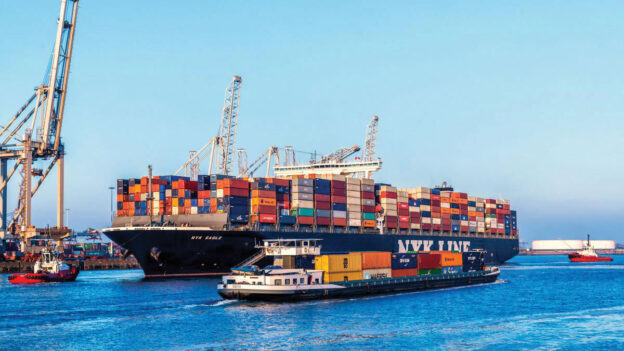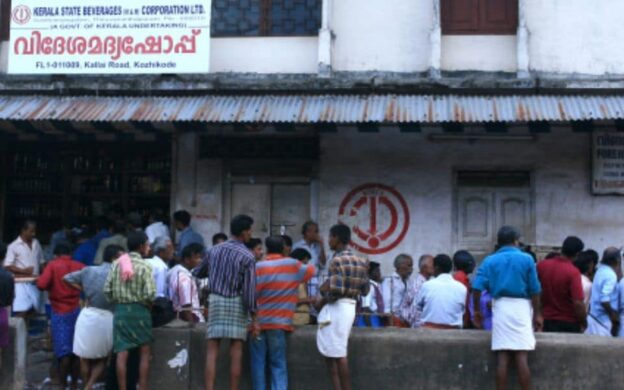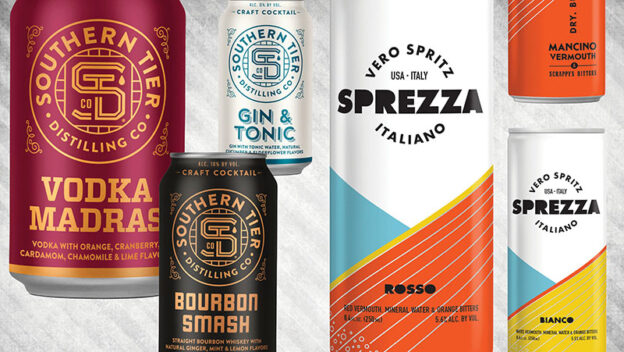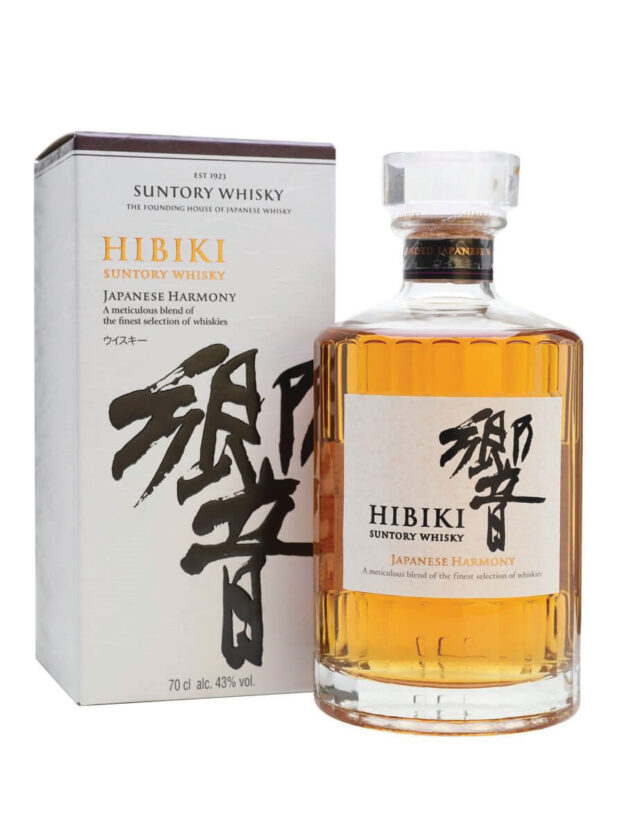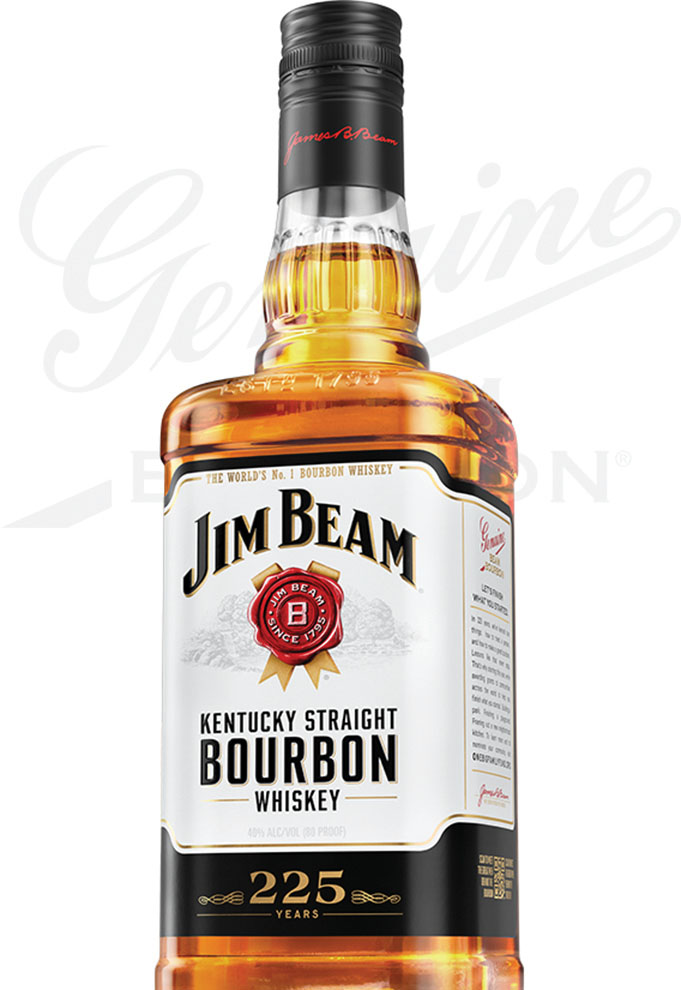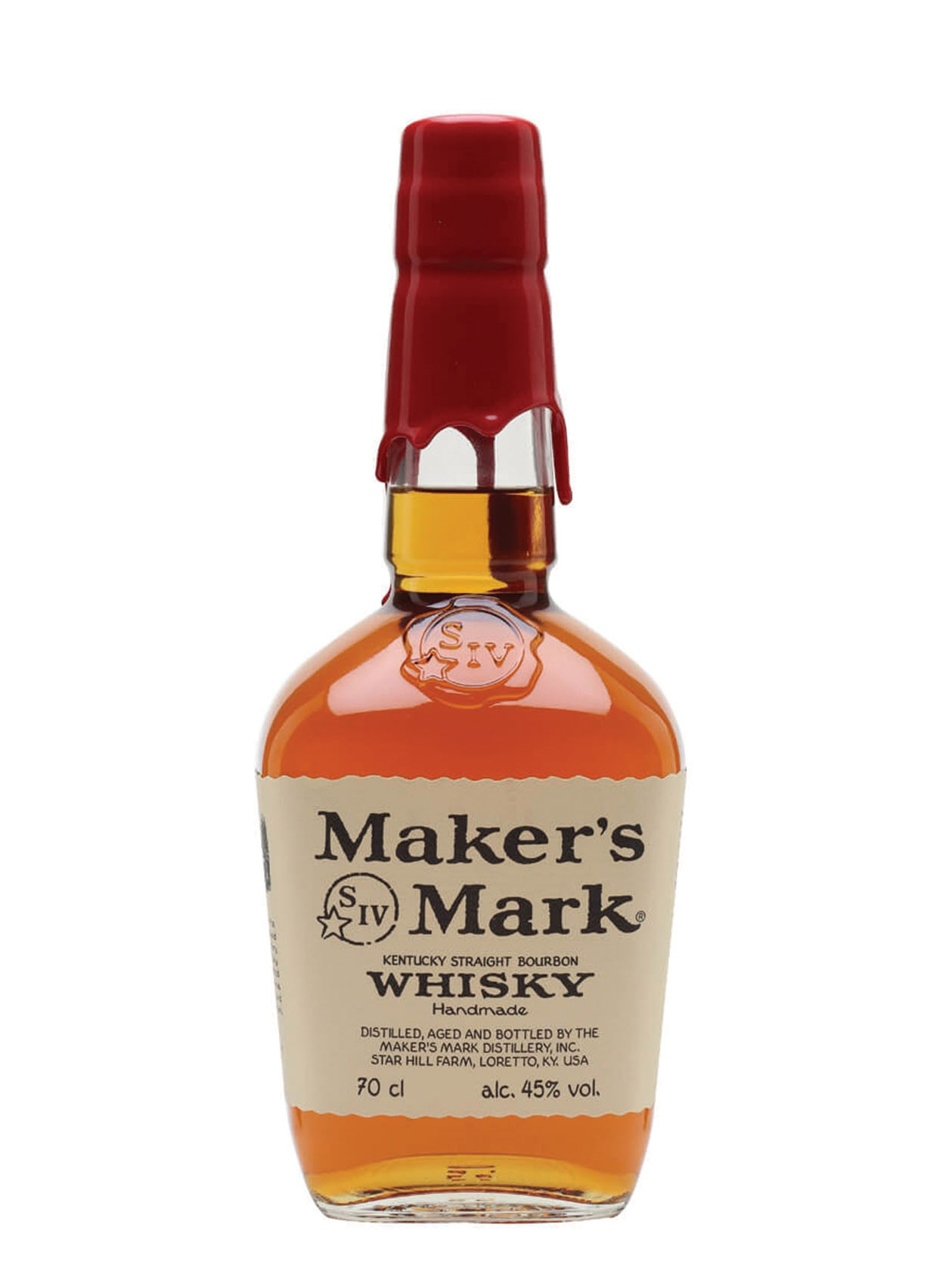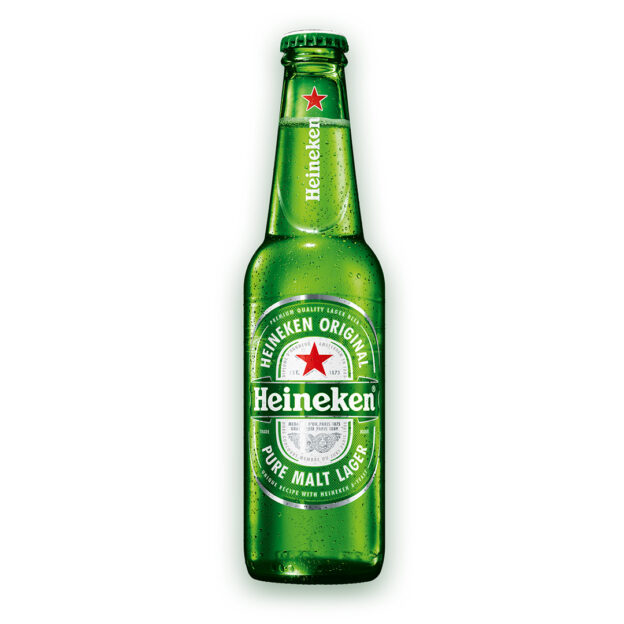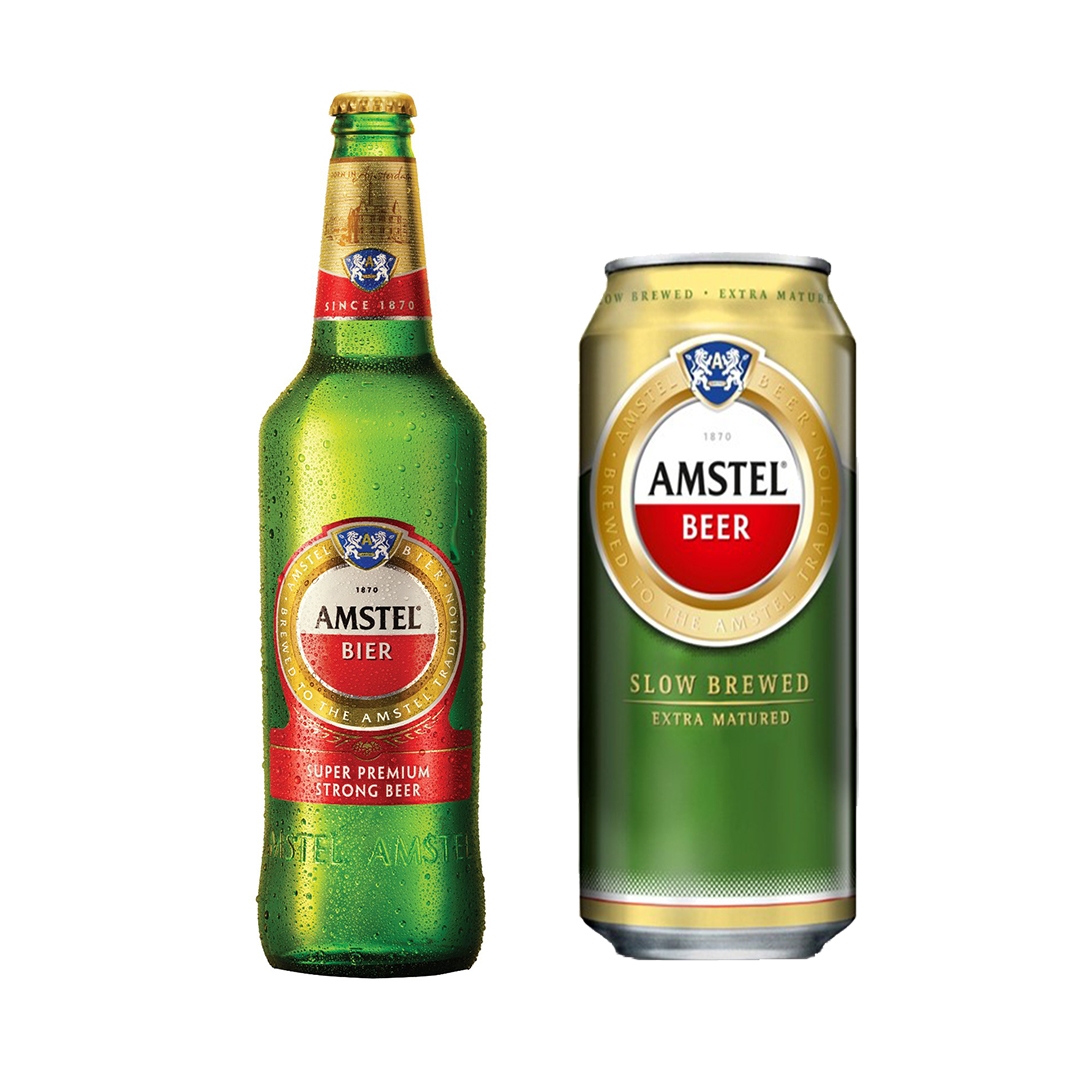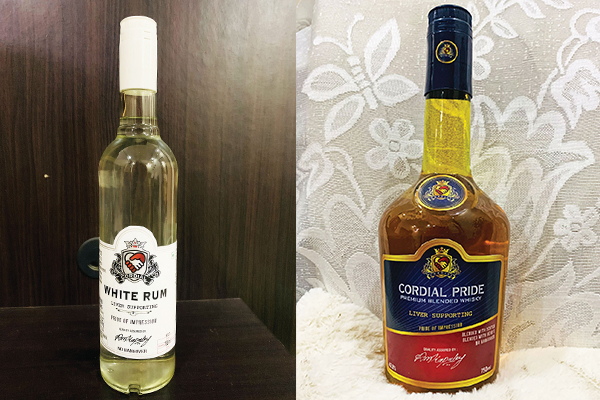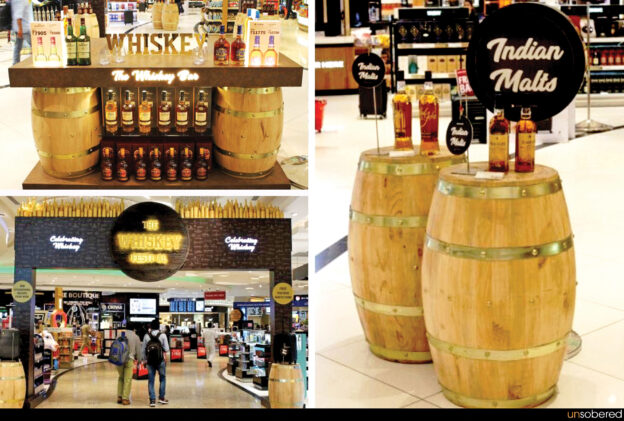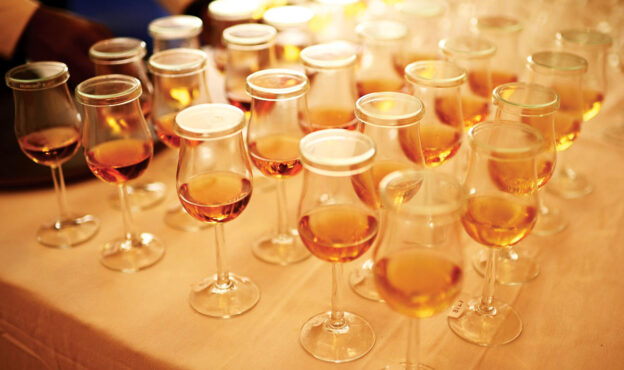The India-Australia Economic Cooperation and Trade Agreement (“IndAus ECTA”) was signed by Shri Piyush Goyal, Union Minister of Commerce and Industry, Consumer Affairs, Food and Public Distribution and Textiles, Government of India and Mr. Dan Tehan, the Minister for Trade, Tourism and Investment, Government of Australia in a virtual ceremony, in the presence of Prime Minister of India, Shri. Narendra Modi and the Prime Minister of Australia, Mr. Scott Morrison recently.
In his opening remarks during the Joint Press Conference with Mr. Dan Tehan after the signing in ceremony, Shri Goyal said the Australia – India ECTA truly symbolises our Ekta (Unity) & the spirit of cooperation. Terming it a historic day for India, as it is the 1st agreement with a developed country after a decade, Shri Goyal said our relationship rests on the pillars of trust & reliability, aptly reflected in our deepening geostrategic engagement through the Quad & Supply Chain Resilience Initiative.
Stating that India and Australia are natural partners, connected by shared values of democracy, rule of law & transparency apart from our shared love for Cricket, Food & Movies, Shri Goyal said Ind-Aus ECTA is expected to almost double bilateral trade to about $50 billion in five years. He said there is great potential for Indian exports in sectors like textiles & apparel, leather, hospitality, gems & jewelry, engineering goods & pharma, IT, Startups etc. Australia has committed to key areas of India’s interest in Services like Education, IT, Business, Professional Services, and Health & Audio-visual while Australia will also provide Post-study work visas for students, the quota for Chefs & Yoga instructors, and Work & Holiday visas for young professionals.
Tariffs will be eliminated on more than 85% of Australian goods exports to India (valued at more than $12.6 billion a year), rising to almost 91% (valued at $13.4 billion) over 10 years.
Australian households and businesses will also benefit, with 96% of Indian goods imports entering Australia duty-free on entry into force.
India is the world’s largest democracy and the world’s fastest-growing major economy, with GDP projected to grow at 9% in 2021-22 and 2022-23 and 7.1% in 2023-24.
Shri Goyal said the Agreement provides adequate safeguards to prevent circumvention, fuse to protect against sudden surge in import of goods; for the 1st time, mechanism included for compulsory review after 15 years. Underlining that the Ind-Aus ECTA will not only herald a new era of trade & commercial ties, but also take the relationship between our nations to greater heights. Shri Goyal said he will be visiting Australia in the coming days, to take the ECTA to people.
Like true brothers, both nations supported each other during Covid-19. Ind-Aus ECTA covers the entire gamut of the trade & commercial relations, removing trade barriers & opening a plethora of opportunities in both goods & services. Expected that with ECTA, the present bilateral trade for merchandise & services of $27.5 bn (2021), may reach a level of about $45 to $50 billion in the next five years.
It is expected to create new employment opportunities, raise living standards and enhance the overall welfare of the peoples of both the countries. Additional employment generation is expected to be 10 lakhs within the next five years.
Australian wine exporters, however, will have to wait for the full benefits, with tariffs on wine bottles with a minimum import price of US$15 expected to reduce from 150% to 75% when the agreement enters into force. This tariff will then reduce to 25% over 10 years.
Tariffs on wine with a minimum import price of $5 per bottle will be reduced from 150% to 100% on entry into force and subsequently to 50% over 10 years.
In services, Australia has offered 135 sub-sectors to India, while India offered 103 sub-sectors to Australia. Adequate safeguards have been provided to prevent circumvention or diversion of goods from any non-party. Provision for bilateral safeguard measures to protect against a sudden surge in import of goods. For the 1st time, a clause is introduced for a special review mechanism that provides for compulsory review after 15 years in a time-bound manner.
“The IndAus ECTA, encompassing trade in goods and services, is a balanced and equitable trade agreement, which will further cement the already deep, close and strategic relations between the two countries and will significantly enhance the bilateral trade in goods and services, create new employment opportunities, raise living standards and improve the general welfare of the peoples of the two countries,” the commerce ministry said recently in a press release.
In 2020, India was Australia’s seventh-largest trading partner, with two-way trade valued at $24.3 billion, and sixth largest goods and services export market, valued at $16.9 billion. Our Government’s goal is to lift India into our top three export markets by 2035, and to make India the third largest destination in Asia for outward Australian investment.
The Australia-India Economic Cooperation and Trade Agreement (AI ECTA) signed recently will further strengthen that relationship.
Prime Minister Scott Morrison said the agreement would create enormous trade diversification opportunities for Australian producers and service providers bound for India, valued at up to $14.8 billion each year.
“This agreement opens a big door into the world’s fastest growing major economy for Australian farmers, manufacturers, producers and so many more,” the Prime Minister said.
“By unlocking the huge market of around 1.4 billion consumers in India, we are strengthening the economy and growing jobs right here at home.
“This is great news for lobster fishers in Tasmania, wine producers in South Australia, macadamia farmers in Queensland, critical minerals miners in Western Australia, lamb farmers from New South Wales, wool producers from Victoria and metallic ore producers from the Northern Territory.

Benefits of AI ECTA include:
Sheep meat tariffs of 30% will be eliminated on entry into force, providing a boost for Australian exports that already command nearly 20% of India’s market.
Wool will have the current 2.5% tariffs eliminated on entry into force, supporting Australia’s second-largest market for wool products.
Tariffs on wine with a minimum import price of US$5 per bottle will be reduced from 150% to 100% on entry into force and subsequently to 50% over 10 years (based on Indian wholesale price index for wine).
Tariffs on wine bottles with minimum import price of US$15 will be reduced from 150% to 75% on entry into force and subsequently to 25% over 10 years (based on Indian wholesale price index for wine).
Tariffs up to 30% on avocados, onions, broad, kidney and adzuki beans, cherries, shelled pistachios, macadamias, cashews in-shell, blueberries, raspberries, blackberries, currants will be eliminated over seven years.
Tariffs on almonds, lentils, oranges, mandarins, pears, apricots and strawberries will be reduced, improving opportunities for Australia’s horticulture industry to supply India’s growing food demand.
The resources sector will benefit from the elimination of tariffs on entry into force for coal, alumina, metallic ores, including manganese, copper and nickel; and critical minerals including titanium and zirconium.
LNG tariffs will be bound at 0% at entry into force.
Tariffs on pharmaceutical products and certain medical devices will be eliminated over five and seven years.
Minister for Trade, Tourism and Investment Dan Tehan said AI ECTA would also further strengthen the people-to-people links between our countries. India was Australia’s third largest market for services exports in 2020.
“This agreement will turbocharge our close, long-standing and highly complementary economic relationship in areas such as critical minerals, professional services, education and tourism,” Mr Tehan said.
“It will create new opportunities for jobs and businesses in both countries, while laying the foundations for a full free trade agreement.”
Both countries will facilitate the recognition of professional qualifications, licensing, and registration procedures between professional services bodies in both countries.
Australian services suppliers in 31 sectors and sub-sectors will be guaranteed to receive the best treatment accorded by India to any future free trade agreement partner, including in: higher education and adult education; business services (tax, medical and dental, architectural and urban planning; research and development; communication, construction and engineering; insurance and banking; hospital; audio-visual; and tourism and travel.
Australia will also provide new access for young Indians to participate in working holidays in Australia. Places in Australia’s Work and Holiday programme will be set at 1,000 per year and Australia will have two years to implement the outcome. This is expected to contribute to both workforce requirements and to boost tourism to support our post-Covid recovery.
In a boost to our STEM and IT workforces, the length of stay for an Indian Student with a bachelor’s degree with first class honours will be extended from two to three years post study in Science, Technology, Engineering or Mathematics (STEM) and information and communications technology (ICT) sectors.
Australia and India have also agreed to undertake cooperation to promote agricultural trade as part of the agreement and will now work toward concluding an enhanced agricultural Memorandum of Understanding (MoU).
Mr Tehan signed AI ECTA on behalf of Australia during a virtual ceremony with India’s Minister of Commerce & Industry, Consumer Affairs & Food & Public Distribution and Textiles, Piyush Goyal, attended by Prime Ministers Scott Morrison and Narendra Modi.

This announcement builds on the Morrison Government’s $280 million investment to further grow economic relationship and support jobs and businesses in both countries, that includes:
$35.7 million to support cooperation on research, production and commercialisation of clean technologies, critical minerals and energy;
$25.2 million to deepen space cooperation with India and $28.1 million to launch a Centre for Australia-India Relations.
AI ECTA is an interim agreement and both countries continue to work towards a full Comprehensive Economic Cooperation Agreement.

